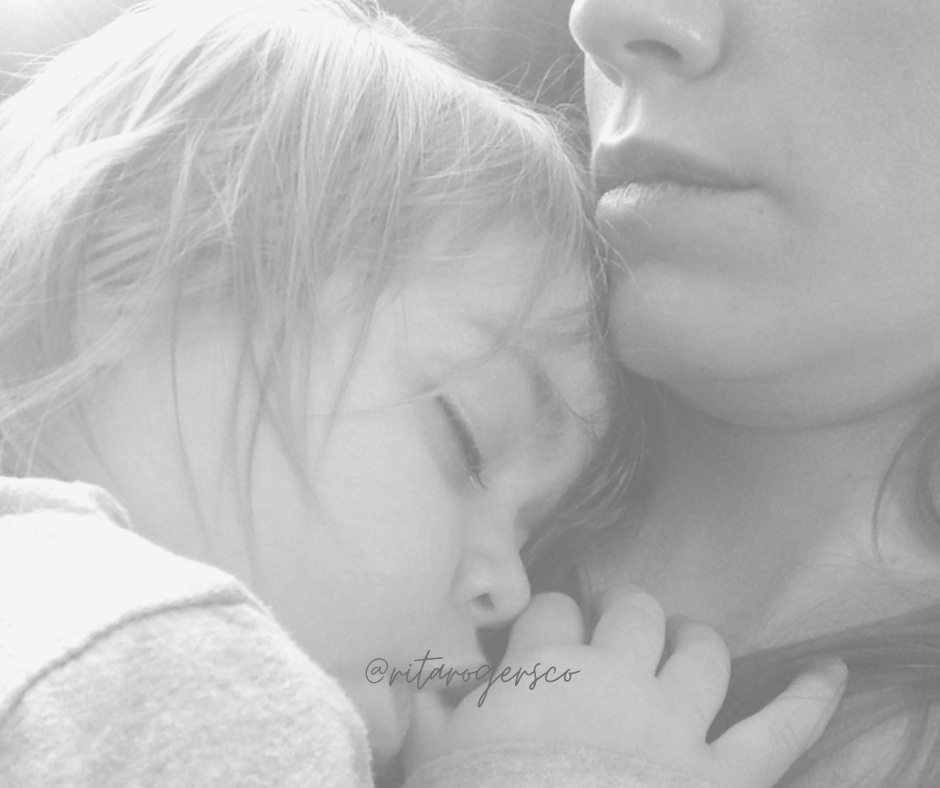Have you ever been concerned about getting it “right” as a parent? When it comes to safety especially, it’s easy for parents to feel overwhelmed. I remember those feelings with our first daughter well, so many choices and they all felt heavy.
What sheets to choose, fabrics, detergents, stranger safety… you name it. There were so many decisions and everyone had their opinion. One thing though no one ever asked, no one ever suggested as a way to keep my child safe: CPR and choking prevention… and that’s an easy choice, find a course and arm yourself with knowledge.
As a long time ICU nurse, I had the training. Thank goodness. It was a skill I had used on adults. While at work CPR seemed necessary. I knew I should be prepared at home as well. I put our babysitter through CPR training. It was precautionary, I never really anticipated using it, but, I did. I saved my own daughter from choking. Was it scary? Absolutely, a little cutie orange slice had slid back and she wasn’t breathing… I have never been more thankful for that training than the allowed me to restore her breath.
Every adult should learn CPR. As a mom and nurse I truly believe it, no exceptions.
This online CPR course, from Thrive Training Institute is the one I absolutely recommend. Brandon, dad and founder of Thrive Training Institute has given training to over 14,000 parents.
Being prepared should add security and a sense of calm but sometimes the thought of learning life a saving skill has the opposite effect. CPR can be intimidating.
1. Many parents don’t feel qualified to learn CPR because they don’t have a medical background.
A medical background is not a prerequisite for learning CPR. My husband is a farmer, no medical background but has armed himself with the skill set by going through Thrive Training’s course online. He wanted to know what to do to help our kids or other family members if the need arose.
2. Will learning CPR make me more anxious?
Knowing what to do in the case of an emergency will only make you more confident, not anxious. Ignorance is not bliss. In the age of “we can google anything” many people live unprepared thinking they can figure things out in the moment. But with choking, drowning or cardiac arrest time is of the essence. We need to be armed with what to do BEFORE it happens. It’s not something we should put off. Once learned you can continue to review the course, strengthen your skills and increase your confidence. The best time to start learning is now.
3. I’m concerned I won’t retain the information from an online CPR course.
The international CPR guidelines actually encourage CPR certification online for lay responders such as parents, grandparents and babysitters. With online training you can utilize repetition to retain information more in depth. As a nurse I can attest to repetition being the single most important factor for me in quick recall when tensions are high. The CPR and advanced life support training I received in the hospital every two years was online and automated. Thrive Training’s online course is perfect for solidifying knowledge over time.
4. Can’t I just get one of those anti-choking devices?
Life-evac is a great tool, no doubt about it. But, it only works if you have it with you and it only works for choking. It doesn’t replace CPR in the case of cardiac arrest or drowning. CPR is a skill once learned you never leave at home. You will always have it. You can absolutely add Life-evac as a tool of preparedness, just don’t skip the CPR training.
5. What if I do need to use CPR after learning it but can’t remember everything or don’t do it perfectly?
The feeling of learning it “now I’m responsible” is the most common concern I hear. But know this: ANY CPR is better than NO CPR. You might not have it perfect but we know the outcome if we stand by and do nothing. Recalling what you can and performing to the best of your ability will always be better than nothing.
Personally I have watched adult patients recover completely post-cardiac arrest simply because there was a bystander who knew CPR and saved their life. On the other hand I’ve seen circumstances where the best possible CPR was performed yet the outcome was poor. But there is peace of mind knowing every effort was made to save a life. The hardest situations were always ones where a family member needed CPR and the family stood by waiting for help because they didn’t know what to do.
Any CPR is always better than no CPR. There is peace in preparedness.
Here are some statistics:
Choking is the 4th leading cause of accidental death and a leading cause of death among those under 14 and over 65.
In America across the adult population, out of hospital cardiac arrest occurs about 356,000 times a year or 1,000 x/day.
Bystander CPR administered within minutes of cardiac arrest can double or triple survival rates and lead to better neurological outcomes one month after the event (source 1, Japan, 2005-2007, source 2, Sweden, 1990-2002).
Only 4% of the US population is trained annually in CPR.
60% of parents say choking is their biggest concern.
Children 1-3 are most at risk for choking.
23% of child drownings happen during a family event near a pool.
If there is ONE thing you arm yourself with and anyone who cares for your children, let it be CPR training.
Click here for Online CPR Certification

